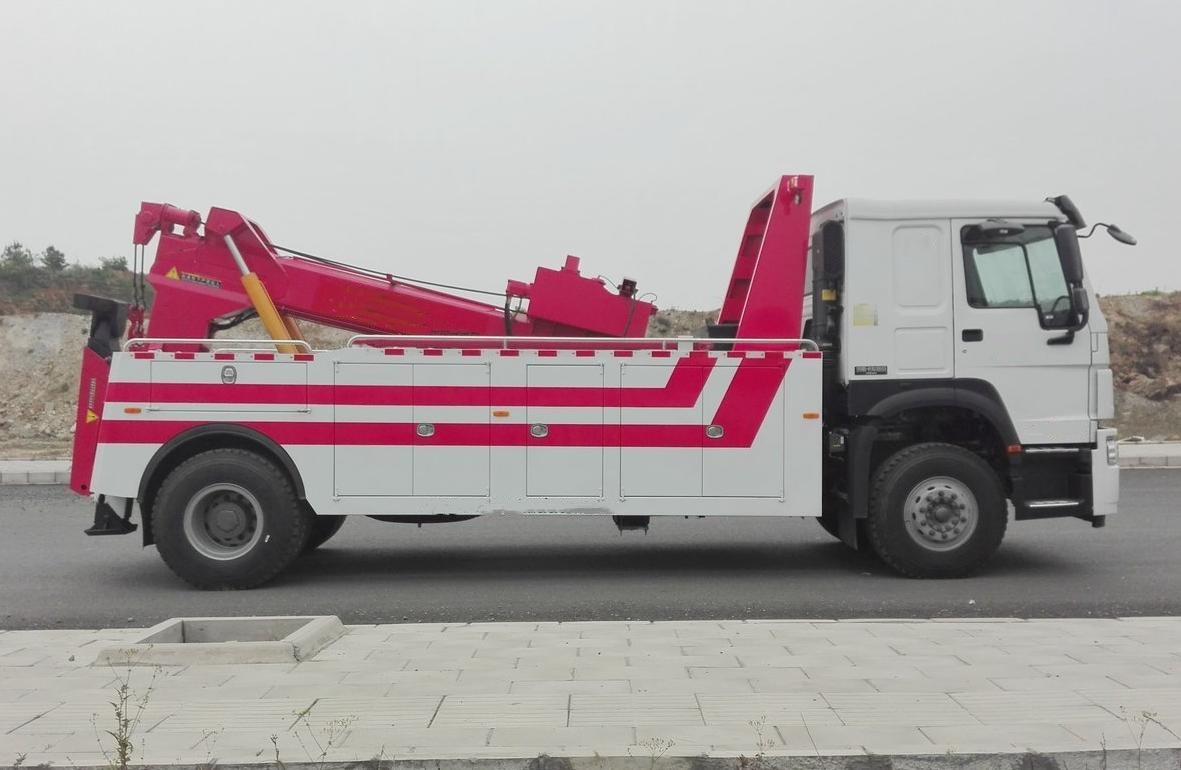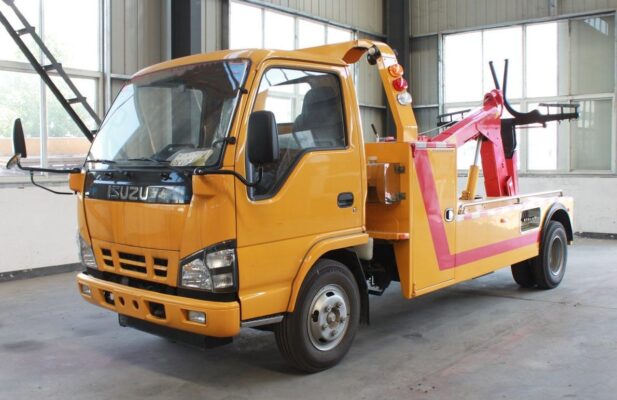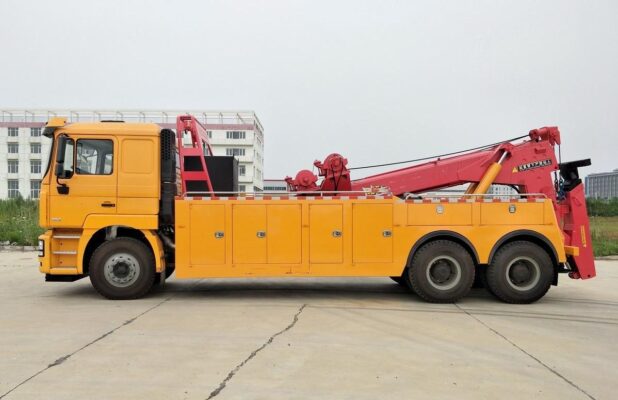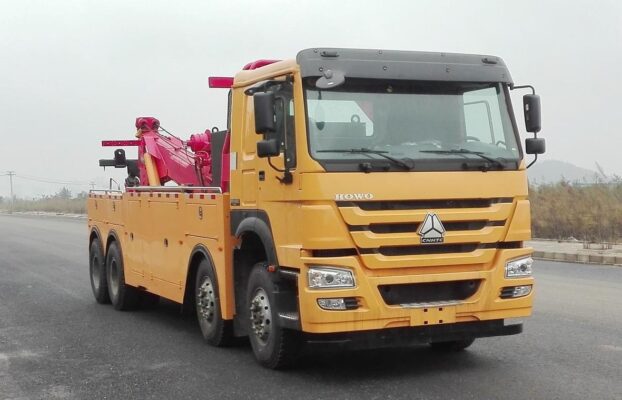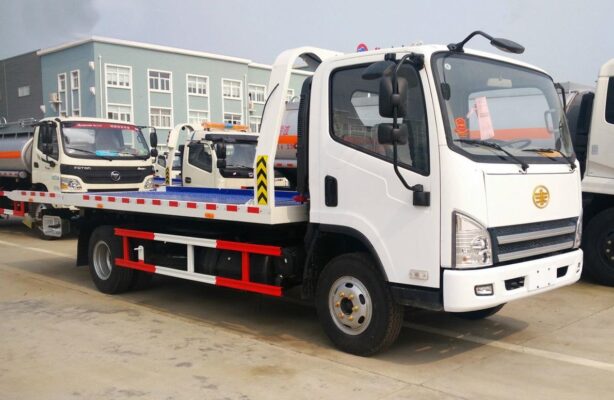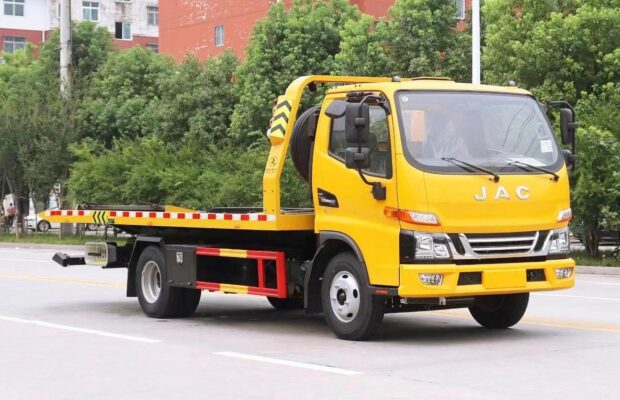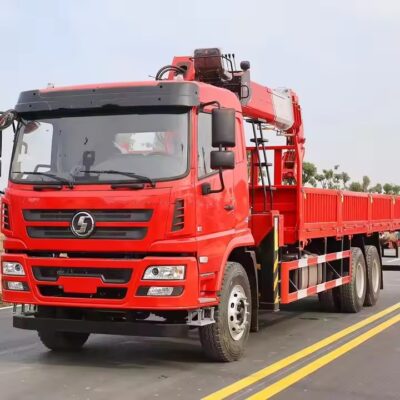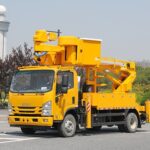Crane operations are fundamental to industries like construction, manufacturing, and transportation, where lifting heavy loads safely and effectively is crucial. Tačiau, these operations also carry significant risk, making it essential to enforce stringent safety controls to prevent accidents and protect both personnel and equipment. This comprehensive guide examines critical safety control points in crane operations, offering insights into pre-operation checks, operator protocol, safe lifting practices, and emergency procedures. By adhering to these safety controls, companies can ensure smoother operations and reduce the risk of incidents.
1. Pre-Operation Checks
The pre-operation check is a critical step in ensuring crane safety, as it allows operators to detect and address potential issues before beginning any lifting activity. An effective pre-operation check involves a systematic inspection of essential components, including wire ropes, brakes, the clutch, safety ratchet, and transmission pulleys. Each of these parts plays a crucial role in the crane’s operation, and failure in any one of them can lead to equipment malfunction or accidents.
Key Pre-Operation Inspection Points
- Wire Ropes: The integrity of wire ropes is essential for safe crane operation. Inspect ropes for signs of wear, Suskaidymas, or other visible damage. Ensure that there are at least three loops of wire rope on the drum during operation to prevent slippage and maintain tension.
- Brakes and Clutch: Test the brakes and clutch to confirm they are fully functional. A faulty brake system can lead to unintended load movement, while issues with the clutch can affect the crane’s lifting capability.
- Safety Ratchet: The safety ratchet prevents the crane from slipping backward or losing control of the load. Verify that it locks securely and functions correctly.
- Transmission Pulleys: Inspect transmission pulleys for wear or misalignment, as these can interfere with the crane’s efficiency and cause vibrations that impact load stability.
A thorough pre-operation check enables early identification of potential issues, reducing downtime due to unexpected repairs and contributing to overall operational safety.
2. Safety Controls During Operation
Once the crane is operational, specific safety measures must be followed to minimize risk. During lifting and movement, constant vigilance is required to protect personnel from hazards associated with heavy loads, high elevations, and large equipment.
Avoiding Ground Contact and Cross-Over of Wire Ropes
- Wire Rope Management: Ensure that no one crosses the crane’s wire rope during operation. Crossing over can put personnel at risk if the rope unexpectedly shifts or breaks.
- Prohibition of Ground Dragging: Never allow wire ropes to drag along the ground, as this can cause abrasions, weaken the rope, and increase the likelihood of failure. Consistently keeping the wire rope elevated minimizes wear and tear, extending the lifespan of the rope and reducing safety hazards.
Operator Protocol
Adhering to a strict protocol for crane operators enhances operational discipline and ensures that the crane is under the control of authorized, trained personnel.
- Unauthorized Use: Only certified and trained operators should handle crane operations, as untrained individuals may inadvertently cause accidents.
- Maintaining the Workstation: Operators should not leave the workstation without authorization, even briefly, to prevent unauthorized use or unattended equipment hazards.
Following these protocols minimizes the risk of unintended equipment activation and ensures that operations are carried out responsibly.
3. Communication and Coordination with the Signal Person
Clear and effective communication is essential in crane operations, especially when visual contact between the operator and the load is limited. For this reason, the crane signal person plays a vital role in ensuring smooth and safe operations.
Designated Crane Signal Person Responsibilities
- Skill and Knowledge: The signal person should have the technical expertise and knowledge of crane performance to provide accurate, timely signals that the crane operator can interpret with confidence.
- Clear Signals: Signals must be clear, loud, and concise to prevent misunderstandings, which can lead to accidents or load damage. In situations where radio communication is used, ensure that both the signal person and operator understand and use standard hand signals as a backup.
Handling Unclear or Emergency Signals
If there is any ambiguity or confusion in the signal provided, operations should be immediately suspended until the signal is clarified. This precaution prevents mistakes that could lead to property damage or personal injury.
4. Emergency Procedures: Power Outages and Sudden Situations
Per crane operations, unexpected power outages or emergencies may occur, requiring quick responses to prevent accidents or equipment damage. Proper emergency procedures are critical in these scenarios.
Protocol for Power Outages
- Immediate Power Shutdown: In the event of a power outage, the operator should immediately turn off the power breaker to ensure the crane cannot restart unexpectedly when power is restored.
- Lowering Lifted Objects: Lower any lifted objects carefully before restoring power, as the crane may lose stability due to the load’s position.
Proper training in emergency procedures helps operators respond effectively to sudden events, enhancing safety for both personnel and equipment.
5. Smooth and Controlled Lifting Practices
Smooth, controlled lifting practices reduce the risks associated with sudden movements, which can destabilize loads and cause tipping or equipment damage.
Controlled Lifting Speed and Avoiding Sudden Movements
- Smooth Lifting: Operate the crane at a steady speed when lifting or lowering objects, avoiding sudden braking or direction changes. Abrupt movements can cause load shifts, increasing the risk of tipping or equipment failure.
- Maintaining Load Height: During horizontal movement, keep the load at least 0.5 meters above any obstacles. This clearance ensures that the load does not accidentally collide with objects or personnel below.
Load Positioning for Safety
When lowering a load, do so gradually to avoid putting strain on the crane’s components or destabilizing the object. This practice prevents the load from tipping and safeguards both personnel and the surrounding environment.
6. Personnel Safety Measures: Avoiding High-Risk Zones
To protect personnel on-site, it is essential to control access to hazardous areas around the crane and its load.
Prohibitions on Standing or Walking Under Loads
- Restricted Areas: No personnel should stand or walk under the crane arm or lifted objects to avoid accidents in the event of load slippage or equipment failure.
- Safety Perimeter: Establish a safety perimeter around the crane’s operation zone to prevent personnel from inadvertently entering dangerous areas.
Distance from Overhead Power Lines
Keeping a safe distance from overhead power lines is crucial to avoid the risk of electrocution. Operators should be aware of the height of the crane and maintain a distance of at least 10 feet from power lines, with further clearance depending on the line’s voltage.
7. Additional Safety Controls and Preventive Maintenance
In addition to operational safety practices, preventive maintenance and adherence to safety standards are vital for prolonging the crane’s lifespan and minimizing risks associated with wear and tear.
Regular Inspections and Maintenance
Scheduled inspections and maintenance help detect potential issues early, ensuring that the crane remains in optimal working condition. Regular maintenance includes:
- Tepimas: Apply lubrication to moving parts such as wire ropes, pulleys, and gears to prevent friction and extend component life.
- Inspection of Hydraulic Systems: Check hydraulic systems for leaks, ensuring that all seals, hoses, and fittings are intact.
- Brake and Clutch Checks: Regularly inspect the brakes and clutch, replacing or repairing parts that show signs of wear.
Compliance with Regulatory Standards
Following regulatory standards and industry guidelines ensures that crane operations meet safety and performance criteria. Compliance not only safeguards workers but also protects companies from potential liabilities and penalties.
Operator Training and Certification
Ensure that operators undergo rigorous training and obtain certification before handling cranes. Regular training updates keep operators aware of the latest safety protocols and equipment handling techniques.
Išvada
Safety in crane operations depends on a comprehensive understanding of control points, including pre-operation checks, operator protocol, effective communication, and emergency preparedness. Through adherence to these safety controls, companies can significantly reduce the risk of incidents, ensuring safe crane usage in various operational environments. Papildomai, preventive maintenance and regular training contribute to sustaining safe and efficient crane operations, safeguarding both personnel and equipment. By investing in these safety practices, companies uphold a high standard of operational safety, promoting a secure and productive working environment for all.

